
Amazon’s new, slimmed-down Kindle devices are notable for several things, not the least of which are the upgrades to their experimental WebKit browser.

The third-generation Kindle reader from Amazon is now the company’s bestselling product in its history, passing Harry Potter and the Deathly Hallows, book seven in the wildly popular series.
While Amazon won’t reveal sales figures for the electronic reader, the company claims even those who own LCD tablets are purchasing the Kindle.
“They report preferring the Kindle for reading because it weighs less, eliminates battery anxiety with its month-long battery life and has the advanced paper-like Pearl e-ink display that reduces eye-strain, doesn’t interfere with sleep patterns at bedtime and works outside in direct sunlight,” said CEO Jeff Bezos in a statement on the Amazon site Tuesday.
Tablets such as Apple’s iPad have eaten into the Kindle’s share of the e-reader market, but they clearly have not delivered a knockout blow.
Kindle held 62 percent of the e-reader market in August, while Apple’s iPad held 16 percent, according to a report from ChangeWave. Just four months later, Kindle is down to 47 percent and the iPad is up to 32 percent.
Amazon did not respond to the E-Commerce Times’ request for comments by press time.
Single Device for a Single Purpose
Bezos has often insisted that the Kindle’s biggest advantage is that it’s not built for anything but reading.
“There is still a strong need for a single-use product that does what it does very well,” Charles King, principal analyst at Pund-IT, told the E-Commerce Times. “The Kindle has enjoyed the same dominance in the e-reader market that Apple has in the MP3 music market.”
Size also matters. The Kindle is light, and its size is determined by its purpose as an e-reader.
“One of the consistent weak points of the iPad is its size and weight make it uncomfortable to read in a sitting position,” said King. “It’s OK on a stand, but that’s not the way people read when they’re relaxing. And there are rumors recently that Apple is considering a smaller screen next year. That would make the Kindle even more popular.”
Front and Center
Unlike tablet computers, the Kindle is a budget-priced e-reader. For people who read a lot, the Kindle is a bargain.
“A person who reads two to three books a month will break even on the Kindle purchase in a year, if not earlier,” technology project manager and Geek 2.0 blogger Steven Savage told the E-Commerce Times.
Starting at US$139 for the WiFi-enabled Kindle, and $189 for the 3G version, the Kindle is cheap by tablet standards.
“Kindle hits an ideal price point,” said Savage. “A sub-$200 device can be replaced easy. The price also makes it an affordable holiday or personal buy.”
Amazon also has the advantage of first-mover in the market. Even though there were e-readers before Kindle, Amazon’s product was the first truly consumer-friendly version.
“Let’s not ignore the marketing aspects of Kindle — it was the first major e-reader the public knew about, and it’s attached to the Amazon name, which people trust,” said Savage. “The Kindle is powerful. I suspect a distinct part of the sales are evangelical purchases by people who like the Kindle and want to share it.”
Easy on the Eyes
Amazon insists that readability is the Kindle’s most important feature.
“An often-ignored aspect of the Kindle is the e-ink screen,” said Savage. “People are turned off to e-reader software if they have to read on a computer-style screen. They are pleased to discover the Kindle doesn’t use the LCD screen and is thus easier on the eyes.”
The 3G connection on the $189 Kindle eliminates any need to be around Internet connectivity. “Kindle has the free 3G synchronization available, which appeals to people who don’t want to deal with wireless setups or are often not around them,” said Savage.
Because of its single purpose, the Kindle also has a number of reading tools.
“It has useful annotations and bookmarking that is very straightforward,” said Savage. “The device itself is in general straightforward, no-frills, and very obvious to use. It’s almost minimalist in its design and implementation. If it lacks anything, it seriously needs a touchscreen.”


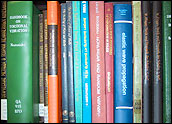
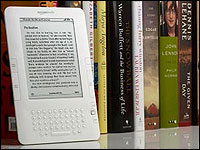
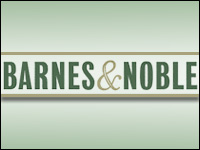


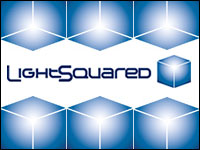
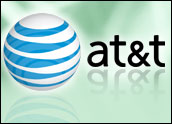
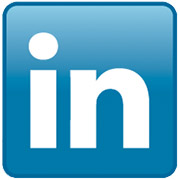
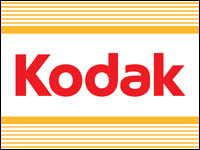

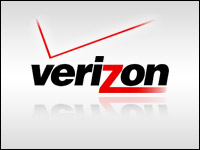











































Social Media
See all Social Media